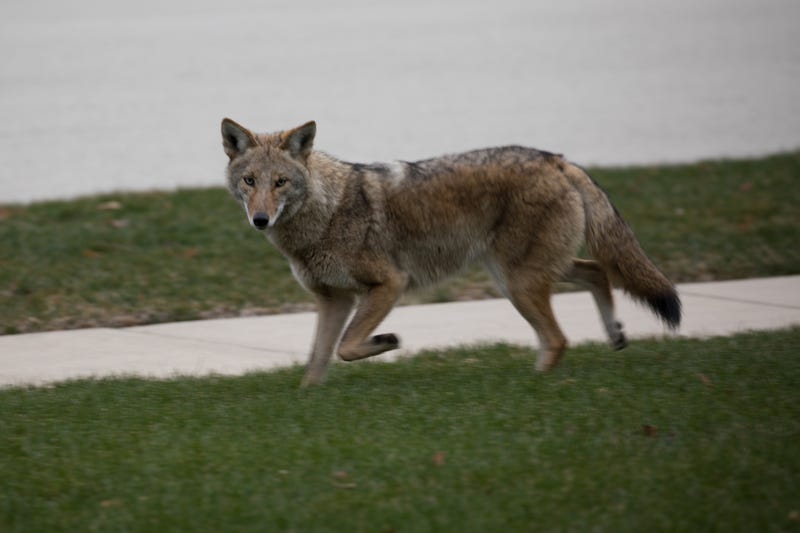
Coyote numbers are on the rise in Kansas, with some of the animals getting increasingly more comfortable living next to humans in residential and other urban areas.
The coyote has a reputation for adaptability and cunning, having survived decades of attempts from humans to take their numbers down a peg. From widespread trapping and shooting to cyanide guns and poisoned carcasses, the coyote has endured and even managed to flourish throughout much of the U.S.
Similar to other states, Kansas is also seeing a rise in coyote activity in populated areas.
Coyotes can find food in local gardens or by hunting animals such as rabbits or people’s pets. Cats and small dogs left unattended are at risk of becoming a meal for coyotes.
In more rural areas, coyotes pose risks for farmers who own livestock and/or free-range fowl. Coyotes will target animals like sheep and chickens, picking them off over time.
Unlike other furbearers in Kansas, the coyote may be hunted and trapped year-round under state law; this law was passed in response to the coyote’s potential to cause damage to the state’s agricultural industry.
As a native species, the coyote provides a lot of value to the environment. Around 35,000 people hunt coyotes every year as well in the fall and winter, sometimes traveling from out of the state to do so, bringing in economic activity to Kansas.
Some people use a technique called ‘hazing’ to make sure coyotes don’t get used to the presence of humans in a neighborhood. Many of the occasions where a coyote has attacked a human in an urban setting involve a coyote that has become habituated to humans over time. Another tip to keep coyotes away from your home includes not leaving food out: coyotes have been found to visit places where they can get food easily.
